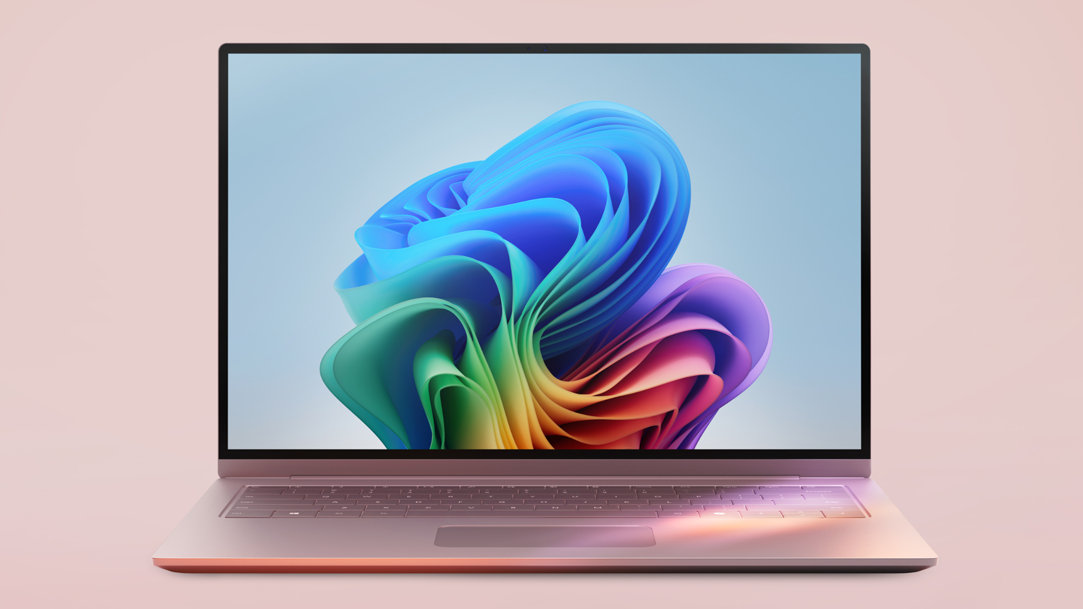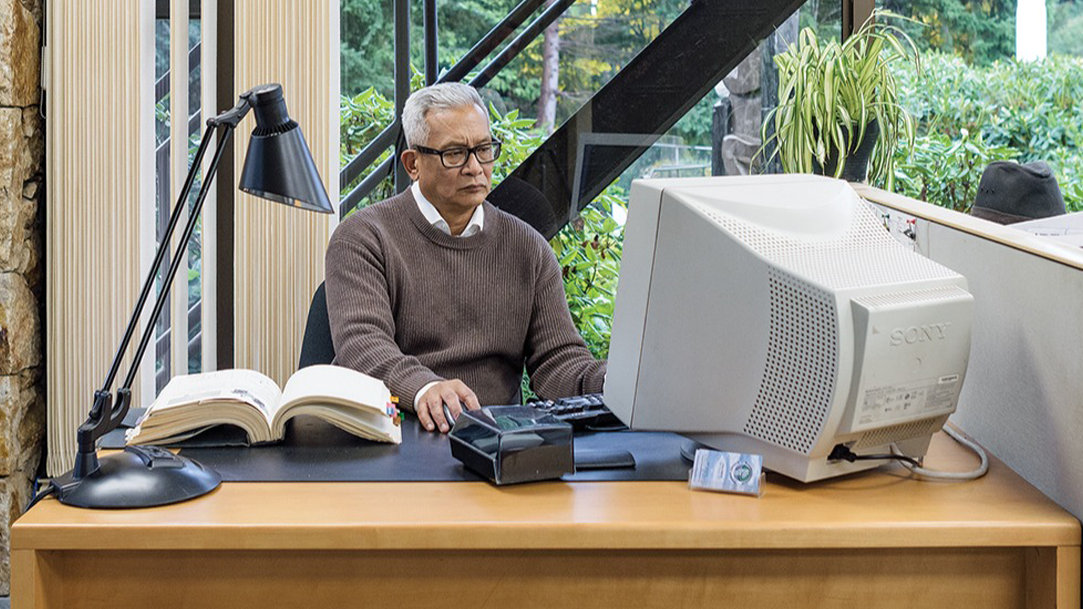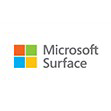
December 31, 2024
Uncover the evolution of personal computers, from their inception to modern-day innovations, and see how they transformed our lives.
The early days of personal computers
The history of PC computers began in the mid-20th century, with the development of the first electronic computers. These early machines were massive, room-sized devices used primarily by governments and large corporations. The invention of the microprocessor in the 1970s marked a significant turning point, enabling the creation of smaller, more affordable computers for personal use.
The rise of the personal computer
In the late 1970s and early 1980s, the personal computer revolution truly began. Companies like Microsoft played a pivotal role in this transformation. The introduction of the IBM PC in 1981, running Microsoft's MS-DOS operating system, set a new standard for personal computing. This period saw the emergence of iconic models like the Apple II and the Commodore 64, which brought computing into homes and small businesses.
The rise of Windows
The launch of Windows 1.0 in 1985 marked the beginning of a new era in personal computing. Windows provided a graphical user interface (GUI) that made computers more accessible to the general public. Over the years, Windows evolved, with each new version offering improved functionality and user experience. Windows 95, released in 1995, was a game-changer, introducing features like the Start menu and taskbar, which are still fundamental to Windows PCs today.

The evolution of all-in-one PCs
As technology advanced, the design and functionality of personal computers continued to evolve. The concept of the all-in-one Windows PC emerged, combining the monitor and computer components into a single unit. This design not only saved space but also simplified setup and reduced clutter. Modern all-in-one PCs offer powerful performance, sleek designs, and touch-screen capabilities, making them ideal for both home and office use.
The integration of tablets and PCs
The line between PCs and tablets has blurred in recent years, thanks to innovations in hardware and software. Windows PCs and tablets now offer seamless integration, allowing users to switch between devices effortlessly. The introduction of Windows 8 in 2012, with its touch-friendly interface, was a significant step in this direction. Today, devices like the Microsoft Surface Pro exemplify this convergence, providing the versatility of a tablet with the power of a PC.
The impact on our lives
The evolution of personal computers has profoundly impacted our daily lives. From enhancing productivity and communication to providing endless entertainment options, PCs have become indispensable tools. The ability to work, learn, and connect from anywhere has transformed how we live and interact with the world.
Try Windows tablets and PCs today
Experience the future of computing with Windows PCs and tablets. Discover the perfect device for your needs and see how it can transform your life. Try Windows computers and tablets today!




